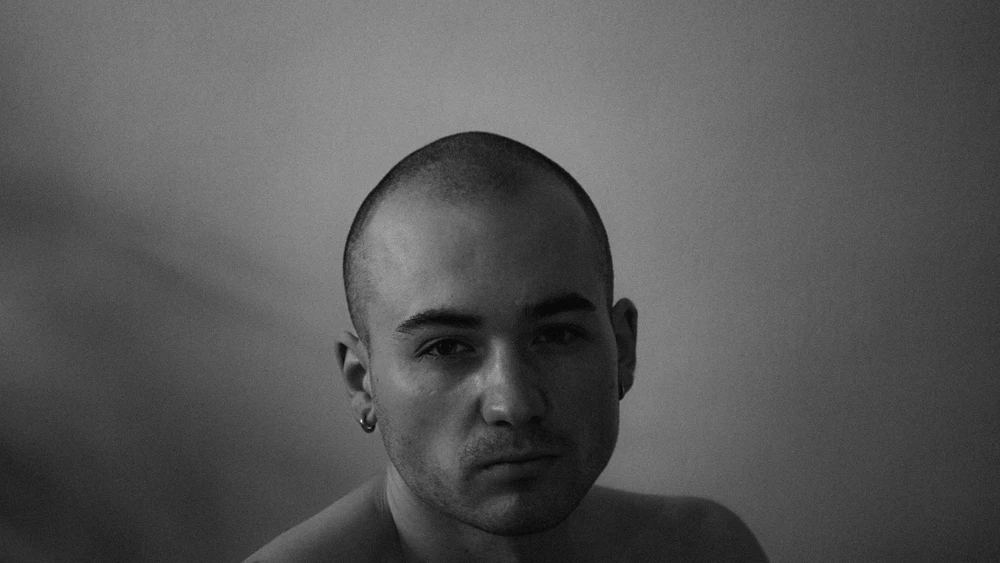According to research by Statista, the number of users of hair regrowth products rose to 12.94 million by 2024. However, these products are far from the only option. Micropigmentation offers men a safe, non-invasive alternative to taking medication with harmful side effects and having risky hair transplants. Instead, male baldness treatment can be relatively risk-free and painless.
Being able to access male baldness treatment has never been more straightforward than it is at this moment in time. We take the time to explore the available options and how they measure up against each other. Join us and discover what micropigmentation has to offer you, and how it all compares to other hair loss treatments.
Micropigmentation vs. the Alternatives
Micropigmentation first began taking a foothold in hair care products and procedures in the late 1980s and early 1990s. This approach is widely recognised as the most non-invasive option as it does not require any kind of anesthesia. If done properly, it does not leave any lasting side effects.
Though micropigmentation is one of the newest male baldness treatment options available, it has quickly developed into a first-choice option for many people across the globe.
Medication
It seems like taking medication to stop hair loss or encourage hair growth is the simplest and safest solution, but that isn’t always the case. The medication comes in different forms, including pills, liquid, or foam, each of which carries its own set of risks. Though the medication may be approved by the Federal Drug Administration.
The product Rogaine, which is an over-the-counter medication approved by the FDA, can be applied as a liquid, foam, or shampoo. It is designed to stop hair loss and encourage hair growth. This product typically doesn’t start working for 6 months, making it a bad choice if you are looking for immediate results.
Alternatively, the market offers Propecia, a prescription drug made specifically as a male baldness treatment. This is another product that may potentially stop hair loss and stimulate growth after months of use. However, the potential issue with it is that it may diminishe sexual function and increase the risk of prostate cancer.
On the other hand, micropigmentation not only offers you an instant solution to male baldness. Even so, it guarantees that it is nearly completely risk-free. This treatment only penetrates the epidermal layer or the topmost layer of the skin, which means that it is less painful and less harmful to the skin. By taking collagen and following the recovery instructions, you will bounce back in no time.
Hair Transplants
Hair transplants have been a viable male baldness treatment since the beginning of the 1950s. While medicine and technology have advanced quite a lot, it is still the most painful and risky treatment available. A hair transplant is essentially a surgery performed with the help of local anesthesia. During the surgery, the doctor numbs your scalp and takes existing hair follicles to place them in balding areas.
The FUSS method requires the surgeon to remove a 6 to 10-inch piece of skin from the back of your head and use it to create 500 to 2,000 tiny grafts of hair. The alternative is the FUE method. It requires the surgeon to shave the back of the scalp and remove hair follicles one by one.

The one thing that these methods have in common is that the surgeon creates slits with a scalpel or a needle and implants the hair grafts in each hole. Around 60% of patients report notable hair growth after this treatment. That being said, these changes don’t take effect until 6 to 9 months after the surgery.
Hair transplants are the most expensive hair loss treatment available, and they are almost never covered by health insurance. Additionally, you might have to deal with bleeding and infection on your scalp, as well as unnatural-looking hair growth.
In contrast, micropigmentation is a much cheaper alternative that doesn’t involve any risk of bleeding or infection. It is also worth mentioning that with SMP treatment, you can return to your day-to-day routine within 24 hours. On the other hand, hair transplants have a longer recovery period.
What to Expect from Micropigmentation
Micropigmentation is a cosmetic procedure, more commonly known as a hair tattoo, that consists of covering up bald spots with tattoo ink by injecting it into the epidermal layer of the skin. The micropigmentation treatment provider uses a small needle, smaller than is typically used for regular tattoos. The needle serves to inject dots of various sizes and densities into the areas of your scalp with no hair.
The provider can also use this method to cover up any birthmarks and scars you might want to hide on your scalp. As it is a non-invasive procedure, the provider won’t even administer local anesthesia. That means that you can get back to your regular routine within hours. The one side-effect that occasionally manifests is scalp redness. There’s no need to worry, as it usually goes away in less than a day after this male baldness treatment.
Here is what you can expect before, during, and after the micropigmentation procedure.
Before
Before you begin the SMP process, you need to ensure that your scalp is as clean as possible. Alongside the expert provider, you can select color pigments that suit your skin tone and natural hair perfectly. After that, the provider will mark the balding areas that need to be treated.

If you have a receding hairline or are completely bald, the provider will create a hairline that matches your face shape and size. The final step is for the provider to use a numbing agent to lower your discomfort levels as much as possible.
During
Depending on the area of your scalp, you might have to sit upright or lie down so the provider can get good access. The treatment simply includes microscopic dots of ink being injected into the epidermal layer of your scalp. Each experience is unique, but many people compare it to a mild scratching sensation.
Typically, one treatment lasts between 1 and 5 hours, depending on the balding area that needs to be covered. To achieve the optimal effect from the micropigmentation treatment, you might have to get 2 or 3 treatments in total. The more treatments you get, the thicker and more natural your hair will look.
After
The SMP male baldness treatment is the most non-invasive hair loss treatment option with the shortest recovery time. Even so, you need to be careful to get a good outcome. First, you should avoid getting your scalp wet, including showering without a shower cap, exercising, and getting sauna treatments.
If you have to go into direct sunlight, wear a hat to protect your sensitive skin from UV rays. Moreover, you should try to apply a moisturizer that will keep the skin from drying out and peeling. Finally, avoid scratching it in order to avoid irritating and potentially infecting the sensitive areas.
Risks of Micropigmentation
Before you begin the male baldness treatment process, you need to be aware of all of the risks. Micropigmentation is a tattooing process, though the ink does not go nearly as deep as with real tattoos. You should ensure that you are not allergic to the ink the provider uses before your first treatment.
The second risk you should pay attention to is the outcome of the treatment. The SMP artist will help you choose the specific hue of color that you want to use for the ink. The color you choose should help create a natural appearance of hair growth and thickness, as opposed to a scalp tattoo.
That being said, it is very rare that in cases of male baldness, the micropigmentation treatment creates this effect with a single session. So, if you are unhappy with the way the micropigmentation looks, you might have to go in for one or more touch-ups. That will ultimately create a realistic 3-D hair appearance after your male baldness treatment.
How to Tell if Micropigmentation Is for Me
One of the reasons that micropigmentation is so widely popular with adult males is that it has a very broad scope of application. Whether you are dealing with male pattern baldness, alopecia, or even chemotherapy, SMP can help improve your hair appearance without any surgeries or dangerous treatments.
This treatment is an excellent fit for alopecia and chemotherapy because it will create a realistic appearance of thick hair that won’t interfere with natural hair growth when it comes to recovery. As far as male pattern baldness, you can rely on micropigmentation to improve your hairline, cover up balding spots, and even create the appearance of a buzz cut if you are completely bald.
Male Baldness Solution: SMP
Hair loss can be one of the most frustrating aspects of an adult man’s life, as it affects your appearance and confidence in a very tangible way. Though modern science and medicine offer many options for hair loss treatments, not all of them are as reliable as SMP male baldness treatment.


Leave a Reply